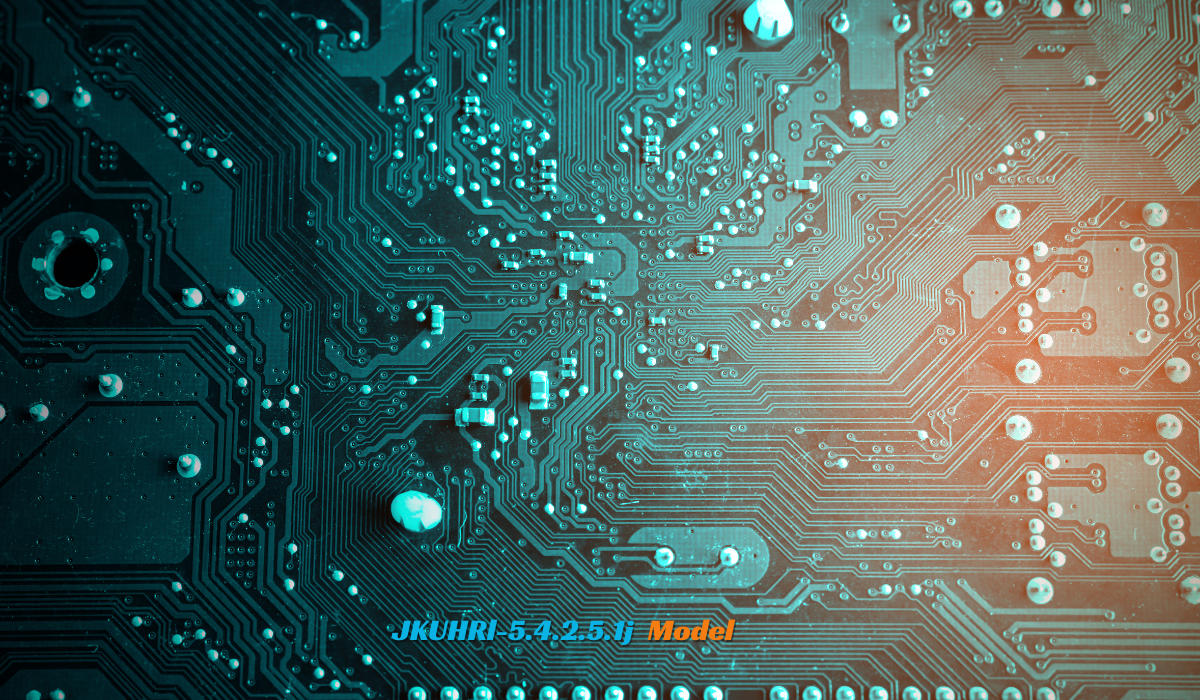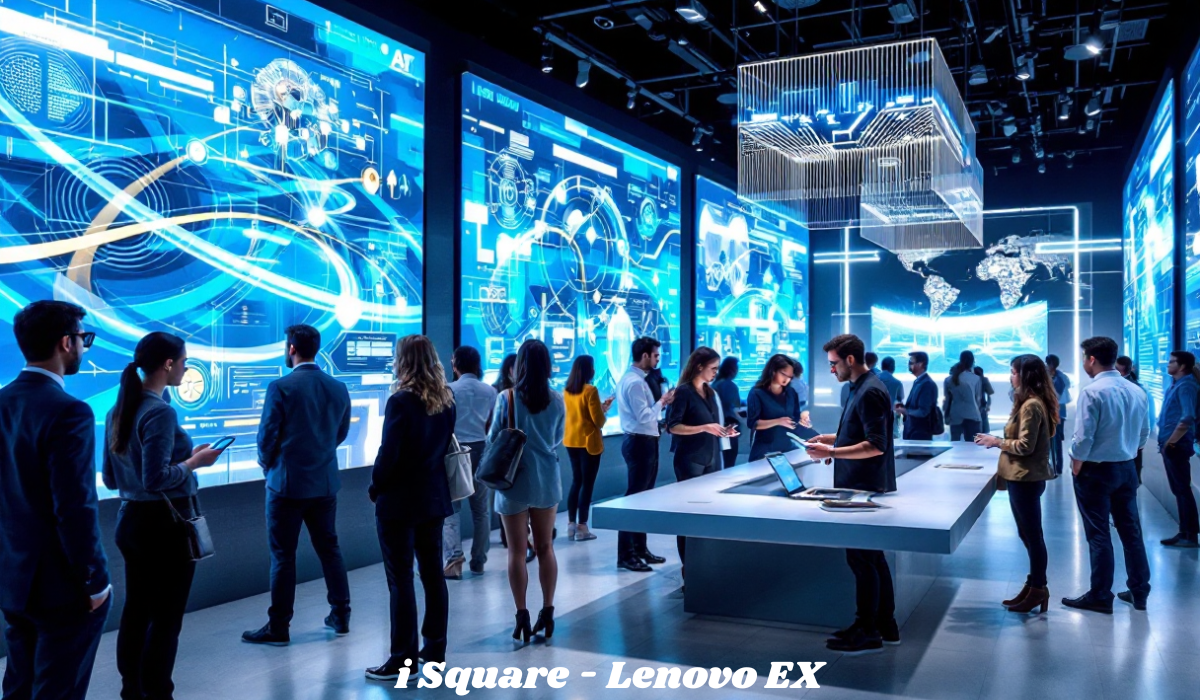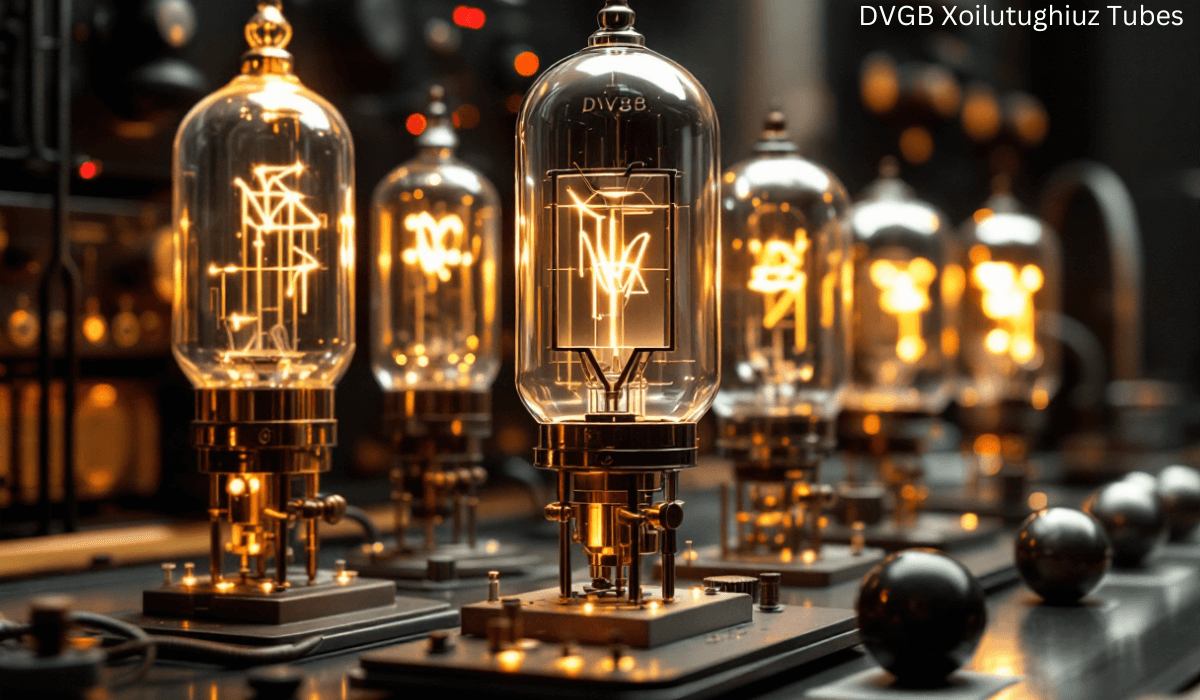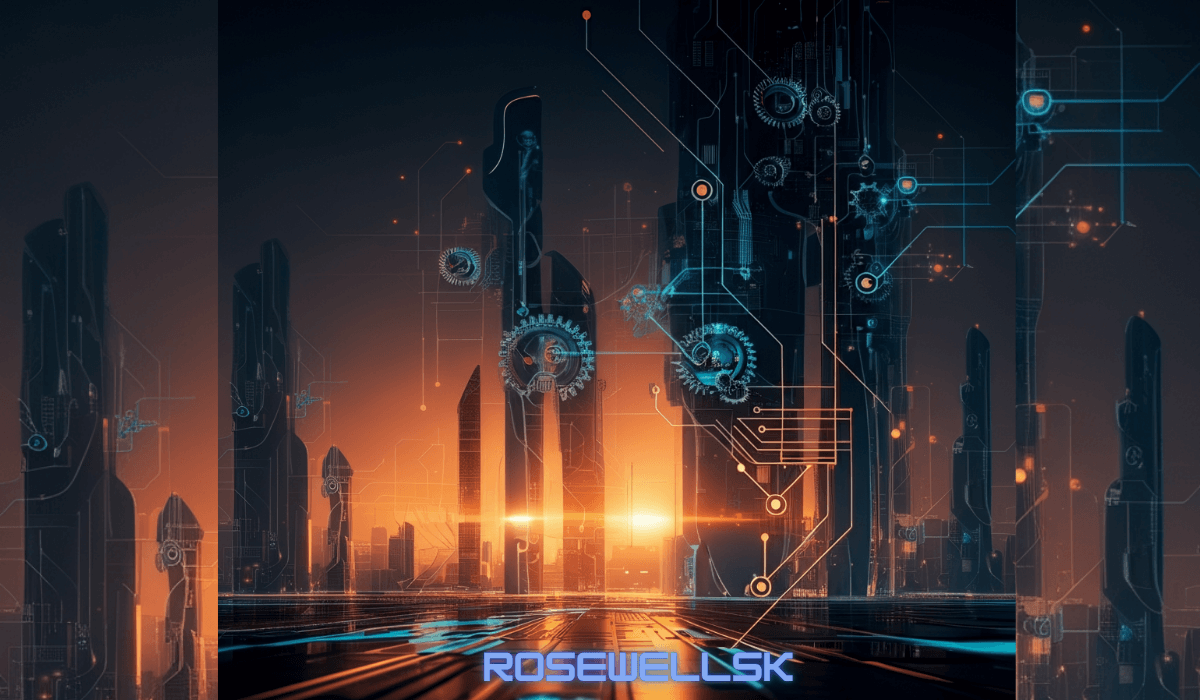Unveiling the JKUHRl-5.4.2.5.1j Model: A Hidden Gem in Industrial Automation
In the labyrinth of industrial machinery and automation systems, certain models fly under the radar despite their groundbreaking impact. The JKUHRl-5.4.2.5.1j Model—a mouthful of alphanumerics—is one such unsung hero. While its name may sound like a random string of characters, this model represents a leap forward in precision engineering and adaptive automation. This article explores its origins, applications, and the quiet revolution it’s sparking in manufacturing and robotics.
The Origins: Decoding the Name
The cryptic name “JKUHRl-5.4.2.5.1j” isn’t arbitrary. Breaking it down:
- JKUHRl: Likely an acronym tied to its developer or purpose (e.g., Joint Kinematic Unit for Hybrid Robotic Loaders).
- 5.4.2.5.1j: Versioning numbers, possibly denoting iterations in torque capacity, software updates, or compatibility standards.
Developed by a mid-sized German engineering firm, the model was designed to address a niche yet critical challenge: creating robotic arms that seamlessly transition between heavy lifting and delicate assembly tasks. Traditional models struggled with this duality, but the JKUHRl-5.4.2.5.1j’s hybrid design changed the game.
What Makes This Model Unique?
The JKUHRl-5.4.2.5.1j Model isn’t just another cog in the machine. Its innovations include:
1. Adaptive Torque Control
Unlike rigid systems, this model uses AI-driven sensors to adjust torque in real time. For example, it can lift a 50kg engine block and moments later handle fragile glass panels without manual recalibration.
2. Energy Recapture Technology
The unit converts kinetic energy from repetitive motions into stored power, reducing energy consumption by up to 22%—a boon for sustainability-focused factories.
3. Modular Compatibility
Its “plug-and-play” design allows integration with legacy systems, sparing manufacturers costly overhauls. A factory in Stuttgart retrofitted 20-year-old assembly lines with these units, cutting downtime by 40%.
4. Self-Diagnostic AI
The model predicts maintenance needs (e.g., lubricant levels, joint wear) and alerts technicians via a simple app, preventing catastrophic failures.
Real-World Applications
The JKUHRl-5.4.2.5.1j’s versatility has made it a quiet favorite across industries:
- Automotive Manufacturing: Used in EV battery assembly lines, where precision and adaptability are critical.
- Pharmaceuticals: Handles sterile packaging of vaccines, minimizing human contact in cleanrooms.
- Agriculture: Powers automated harvesters that gently pick fruits without bruising, even in uneven terrain.
One case study from a Dutch dairy farm highlights its impact: The model was adapted to robotic milking systems, where its gentle yet efficient motion reduced stress in cattle and increased milk yield by 15%.
The Human Side: Stories from the Factory Floor
Behind the technical jargon are people whose jobs have been transformed. Lena Müller, a production manager in Bavaria, shared:
“Before the JKUHRl units, we had constant delays switching between product lines. Now, the robots adapt on their own. My team focuses on creativity, not troubleshooting.”
Meanwhile, engineers praise its user-friendly interface. “It’s like the iPhone of industrial arms—intuitive but powerful,” said Marco Silva, a robotics integrator in Portugal.
Challenges and Controversies
No innovation is without hurdles:
- Cost Barriers: Smaller manufacturers find the upfront investment daunting (~€120,000 per unit).
- Workforce Anxiety: Some workers fear job displacement, though many factories report retraining staff for higher-skilled roles.
- Supply Chain Hiccups: The 2022 chip shortage delayed deliveries, pushing some clients toward cheaper, less efficient alternatives.
The Future of the JKUHRl-5.4.2.5.1j
Rumors suggest the next iteration (JKUHRl-6.0) will feature:
- Haptic Feedback: Allowing remote operators to “feel” resistance during tasks.
- Blockchain Integration: Secure data sharing between units in smart factories.
- Carbon-Neutral Manufacturing: Using recycled materials for 90% of components.
Conclusion
In an era of flashy AI headlines, the JKUHRl-5.4.2.5.1j reminds us that progress often happens quietly. It’s not just a machine—it’s a bridge between human ingenuity and mechanical precision, proving that even the most unassuming models can drive industrial evolution.
FAQs
Q: Who manufactures the JKUHRl-5.4.2.5.1j?
A: A German engineering consortium, though third-party vendors now offer licensed variants.
Q: Can it operate in extreme temperatures?
A: Yes, tested in environments from -30°C to 50°C, ideal for Arctic mining or desert solar farms.
Q: Is training required to operate it?
A: Basic training takes 3 days, with advanced modules for custom programming.
Q: How does it compare to industry giants like Fanuc or ABB?
A: It’s niche—less brand recognition but superior flexibility for hybrid tasks.





Post Comment